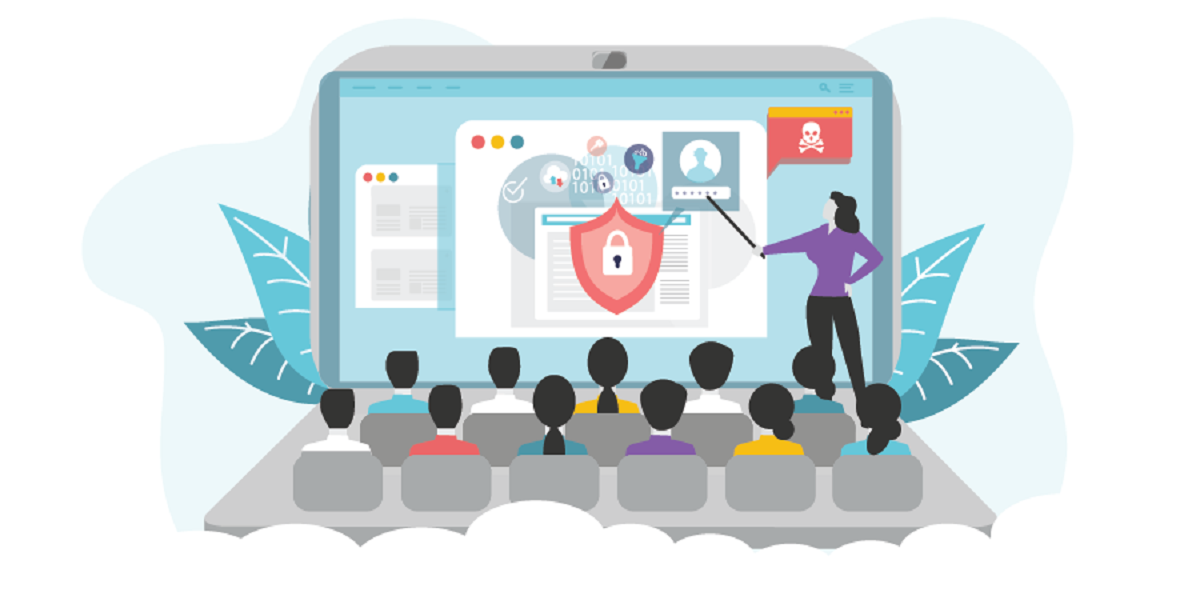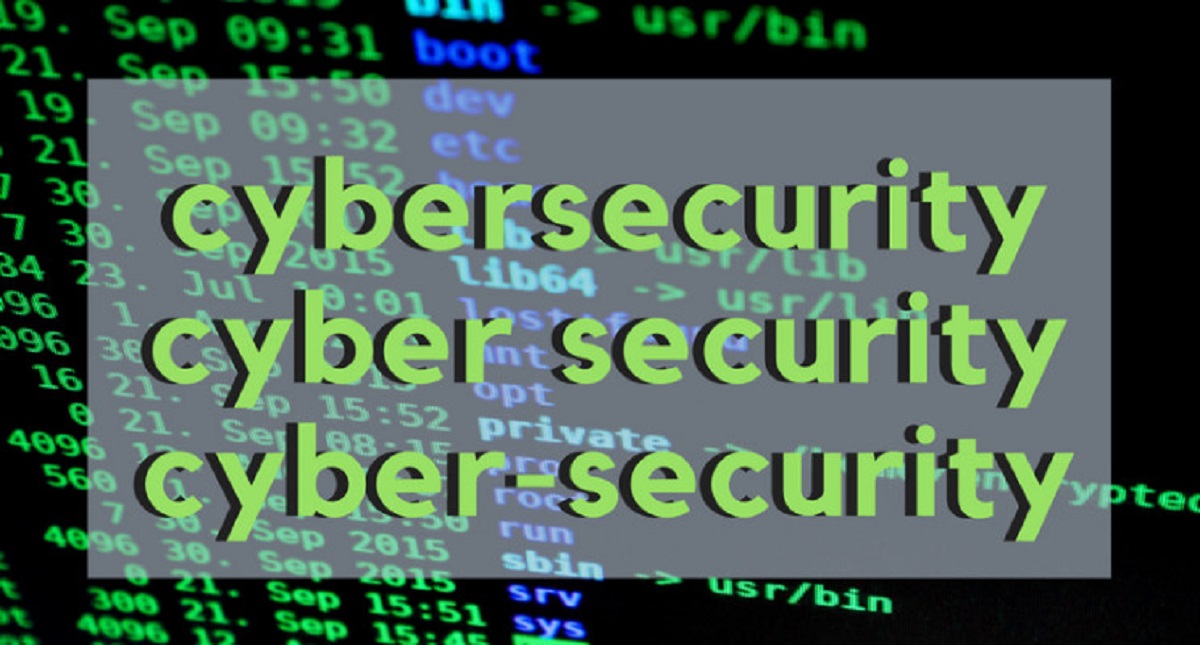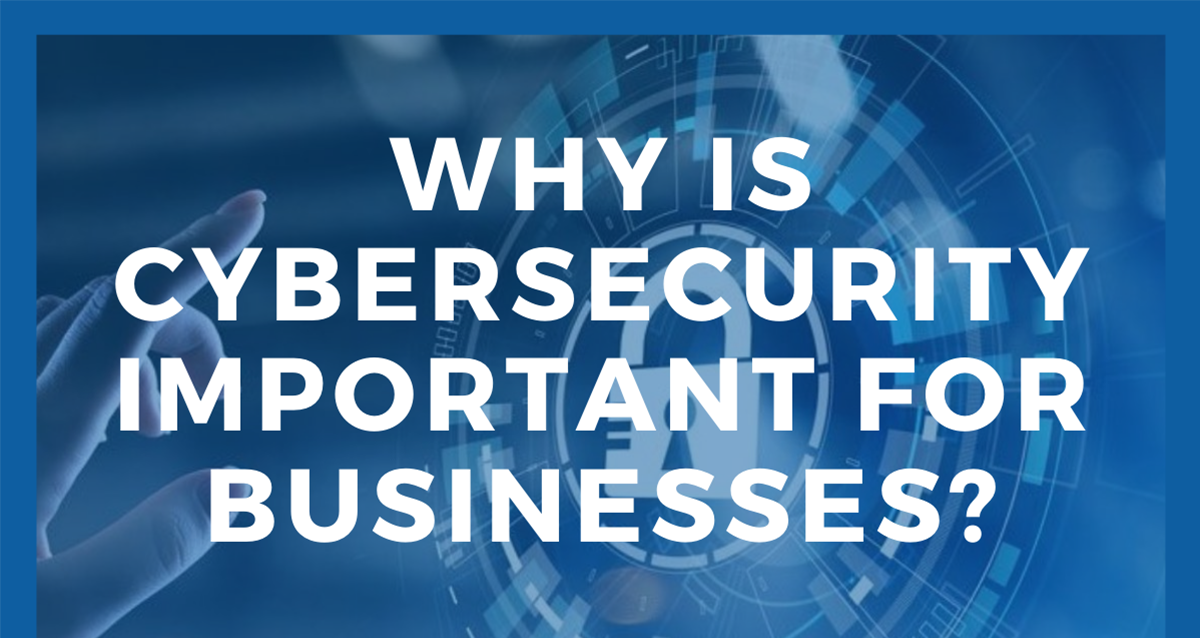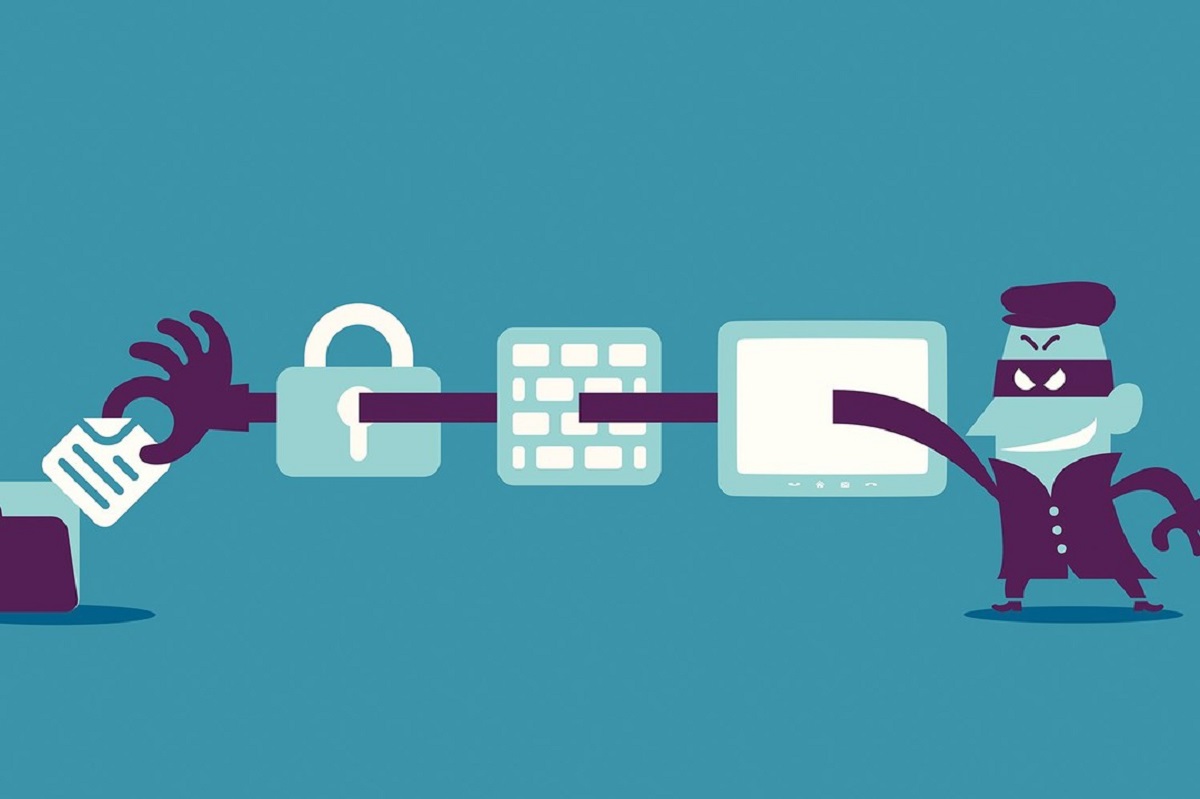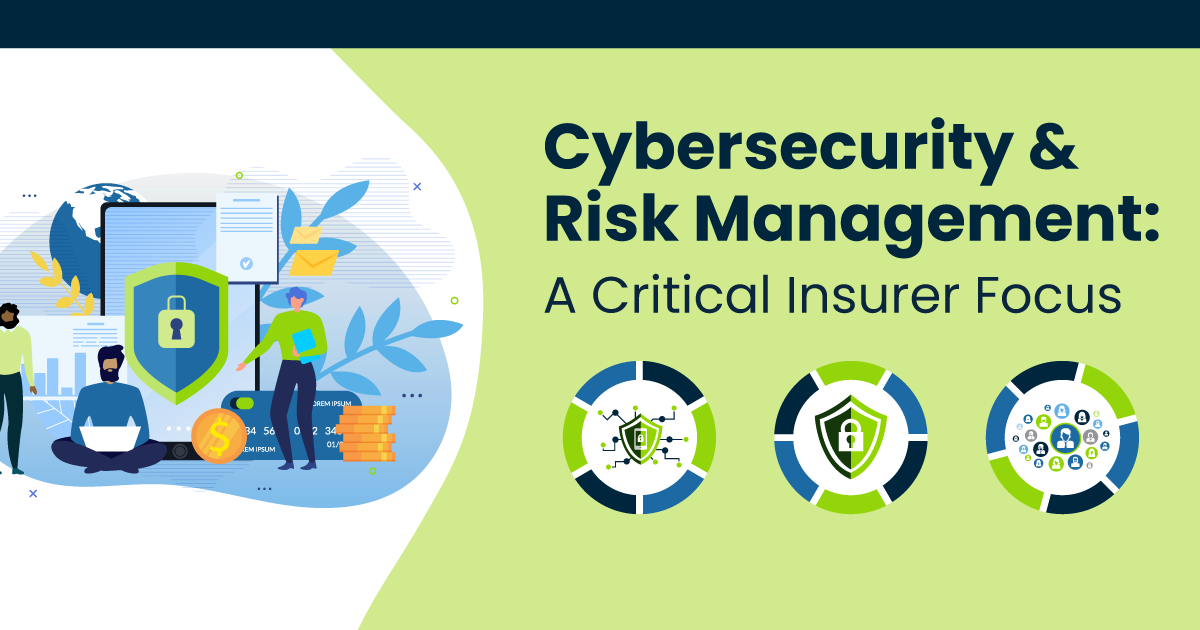Introduction
With the rapid digitization of our lives and the growing dependence on technology, cybersecurity breaches have become a major concern for individuals, organizations, and governments alike. Cybersecurity breaches refer to unauthorized access, disclosure, or manipulation of sensitive information or systems, often resulting in financial loss, reputation damage, and potential disruption of operations.
In today’s interconnected world, cybercriminals are constantly evolving their tactics to exploit vulnerabilities and gain unauthorized access to personal, financial, and business data. These breaches can occur through various means, including insider threats, phishing attacks, ransomware attacks, distributed denial of service (DDoS) attacks, malware and spyware infections, weak authentication and password attacks, social engineering attacks, third-party breaches, and IoT vulnerabilities.
Understanding the different types of cybersecurity breaches is crucial in order to protect ourselves and our businesses from potential threats. In this article, we will explore some common examples of cybersecurity breaches and the risks they pose.
Insider Threats
One of the most significant cybersecurity breaches that organizations face comes from within their own ranks – insider threats. An insider threat refers to an employee, contractor, or business partner with authorized access to an organization’s systems and data who intentionally or unintentionally poses a risk to the organization’s security.
Insider threats can take various forms. Some employees may deliberately steal or leak sensitive data for financial gain, personal vendettas, or to benefit a competitor. Others may unknowingly compromise security by falling victim to phishing attacks or by inadvertently sharing sensitive information.
A prominent example of an insider threat is the case of Edward Snowden, a former National Security Agency (NSA) contractor who leaked classified information in 2013. Snowden had authorized access to a vast amount of sensitive data and used his position to expose widespread surveillance programs. His actions not only undermined national security but also highlighted the need for organizations to closely monitor and manage insider threats.
To mitigate the risk of insider threats, organizations must implement strong access controls, regularly monitor user activities, and provide proper training and awareness programs to encourage a culture of security among employees. Additionally, organizations should establish protocols for reporting suspicious behavior and have incident response plans in place to swiftly address any potential breaches.
Phishing Attacks
Phishing attacks are a common form of cyber attack where attackers pose as legitimate entities, such as banks, social media platforms, or online retailers, to trick individuals into providing sensitive information like usernames, passwords, or credit card details. These attacks typically occur through email, instant messaging, or deceptive websites that closely mimic the appearance of trusted organizations.
Phishing attacks have become increasingly sophisticated, making it challenging for individuals to identify and avoid falling victim to them. Attackers may use tactics like urgency, fear, or enticing offers to convince recipients to click on malicious links or download attachments that contain malware.
For example, a common phishing technique is “spear phishing,” where attackers target specific individuals or organizations with personalized messages that appear genuine. This can make it even more difficult for individuals to recognize the scam, as the messages may include personal details or references to recent activities.
Once sensitive information is obtained, attackers can use it for various malicious purposes, including unauthorized access to financial accounts, identity theft, or selling the information on the dark web.
To protect against phishing attacks, individuals and organizations should exercise caution while interacting with emails, messages, or websites. Some best practices include:
- Never clicking on suspicious links or downloading attachments from unknown sources.
- Verifying the legitimacy of emails or messages by contacting the organization directly through official channels.
- Ensuring that websites are secure (look for “https://” and a padlock icon) before entering sensitive information.
- Maintaining up-to-date antivirus software and firewalls to help detect and block phishing attempts.
- Regularly educating and training individuals on recognizing and avoiding phishing attacks.
Ransomware Attacks
Ransomware attacks have become a significant cybersecurity threat, targeting individuals, businesses, and even government entities. Ransomware is a type of malware that encrypts a victim’s files and holds them hostage until a ransom is paid, usually in cryptocurrency.
Attackers typically deliver ransomware through phishing emails, malicious downloads, or exploiting vulnerabilities in software or operating systems. Once the victim’s files are encrypted, a message is displayed with instructions on how to make the ransom payment to regain access to the files.
One high-profile example of a ransomware attack is the WannaCry attack that occurred in 2017. The attack affected hundreds of thousands of computers worldwide, exploiting a vulnerability in Microsoft Windows systems. The ransomware spread rapidly, encrypting files and demanding payment in Bitcoin for their release.
Ransomware attacks can have devastating consequences, causing financial loss, disruption of operations, and damage to an organization’s reputation. In some cases, even if the ransom is paid, there is no guarantee that the attacker will provide the decryption key to unlock the encrypted files.
To protect against ransomware attacks, individuals and organizations should take proactive measures:
- Regularly backing up important files to an offline or cloud storage system.
- Keeping operating systems, software, and security patches up to date.
- Using reputable antivirus and anti-malware software to detect and block ransomware.
- Exercising caution when opening email attachments or clicking on suspicious links.
- Implementing strong password policies and multi-factor authentication to prevent unauthorized access.
- Educating employees about ransomware threats and best practices to minimize the risk of infection.
Distributed Denial of Service (DDoS) Attacks
A Distributed Denial of Service (DDoS) attack is a type of cyber attack where multiple compromised computers, often forming a botnet, overwhelm a targeted system or network with an excessive amount of traffic. The goal of a DDoS attack is to disrupt the normal functioning of a website, network, or service by exhausting its resources, rendering it inaccessible to legitimate users.
DDoS attacks can vary in scale and intensity, ranging from small-scale attacks targeting personal websites to larger attacks directed towards high-profile organizations. Attackers may utilize various methods, such as flooding the target with numerous requests, exploiting vulnerabilities in network protocols, or overwhelming a server’s processing capability.
One notable example of a DDoS attack occurred in 2016 when the Mirai botnet was unleashed, targeting internet infrastructure company, Dyn. The attack caused widespread disruptions to major websites and services, such as Twitter, Reddit, and Netflix, by overwhelming Dyn’s DNS servers with an unprecedented volume of traffic.
The consequences of a successful DDoS attack can be severe. In addition to the temporary disruption of services, organizations may suffer financial losses, damage to their reputation, and loss of customer trust.
To protect against DDoS attacks, organizations can take the following measures:
- Implementing robust network security measures, such as firewalls and intrusion detection systems.
- Working with internet service providers (ISPs) to detect and mitigate DDoS attacks at their source.
- Utilizing content delivery networks (CDNs) to distribute traffic and absorb the impact of an attack.
- Regularly monitoring network traffic and identifying potential signs of a DDoS attack.
- Having contingency plans in place, including backup infrastructure or alternate hosting solutions, to maintain service availability during an attack.
- Conducting regular security assessments and penetration testing to identify and address vulnerabilities.
Malware and Spyware Infections
Malware and spyware infections pose a significant threat to individuals and organizations alike. Malware, short for malicious software, refers to any software designed to harm, exploit, or gain unauthorized access to a computer system. Spyware, on the other hand, is a type of malware specifically designed to gather information about a user’s activities without their knowledge or consent.
Malware and spyware can infect systems through various means, including infected email attachments, malicious downloads, compromised websites, or removable storage devices. Once installed, malware can perform a range of malicious activities, such as stealing sensitive information, disrupting system operations, or giving unauthorized control to cybercriminals.
One well-known example of malware is the Zeus Trojan, which targeted financial institutions and individual users. Zeus was capable of stealing banking credentials, personal information, and engaging in fraudulent transactions.
Spyware, on the other hand, can track a user’s browsing habits, record keystrokes, capture screenshots, and even enable remote access to the infected device. This information can be used to steal identities, commit fraud, or compromise privacy.
To prevent malware and spyware infections, individuals and organizations should implement strong cybersecurity practices:
- Using reputable antivirus and anti-malware software and keeping it up to date.
- Avoiding clicking on suspicious links or downloading files from unknown sources.
- Regularly updating operating systems, software, and applications to patch any known vulnerabilities.
- Exercising caution when visiting unfamiliar websites or opening email attachments.
- Enabling firewalls to filter incoming and outgoing network traffic.
- Implementing user training and education programs to raise awareness about the risks of malware and spyware infections.
Weak Authentication and Password Attacks
Weak authentication and password attacks are among the most common and easily preventable cybersecurity breaches. These attacks involve exploiting vulnerabilities in the authentication process or compromising weak passwords to gain unauthorized access to systems, accounts, or sensitive information.
Attackers may use various techniques to carry out these attacks, including brute force attacks, dictionary attacks, or exploiting common password patterns. Once they gain unauthorized access, attackers can steal data, manipulate information, or even carry out further attacks within the compromised system or network.
One notable example of a weak authentication and password attack is the LinkedIn data breach that occurred in 2012. In this attack, more than 100 million user accounts were compromised when weakly hashed passwords were stolen and subsequently exposed on the internet.
To mitigate the risk of weak authentication and password attacks, individuals and organizations should implement robust security measures:
- Using strong, unique passwords for each account and regularly updating them.
- Enforcing multi-factor authentication, which adds an extra layer of security by requiring users to verify their identity through something they know (such as a password) and something they possess (such as a fingerprint or a code sent to their phone).
- Implementing password policies that require a minimum length, a combination of alphanumeric and special characters, and regular password changes.
- Regularly monitoring and analyzing login attempts and account activities for any suspicious behavior.
- Implementing secure password storage practices, such as encryption or hashing, to protect user credentials.
- Providing user education and awareness training on the importance of strong authentication and password practices.
- Utilizing password management tools that can generate and store strong passwords securely.
Social Engineering Attacks
Social engineering attacks are a form of cyber attack that exploit human psychology and manipulate individuals into revealing sensitive information or performing actions that compromise security. These attacks capitalize on human emotions, trust, and the willingness to help others to deceive victims and gain unauthorized access to systems or sensitive data.
There are several types of social engineering attacks, including phishing, pretexting, baiting, and tailgating.
Phishing, as mentioned earlier, involves tricking individuals into providing sensitive information through deceptive emails or websites. Attackers often pose as trusted entities, such as banks, service providers, or colleagues, to convince victims to share their personal or financial information.
Pretexting involves creating a false scenario or identity to manipulate individuals into divulging sensitive information. For example, an attacker might impersonate a co-worker or IT technician to request login credentials or other confidential data.
Baiting attacks lure victims by offering something enticing, such as free software or exclusive access, in exchange for sensitive information. This can occur through physical means, such as leaving infected USB drives in public places, or through digital means, like enticing users to click on malicious links.
Tailgating occurs when an attacker gains unauthorized access to a restricted area by following an authorized person. This can happen in physical settings where individuals may hold doors open for others without verifying their identity.
Social engineering attacks can have severe consequences, including data breaches, financial loss, identity theft, and reputational damage. Organizations and individuals can implement several measures to mitigate the risk:
- Be cautious of unsolicited communication, especially if it requests sensitive information or prompts urgent actions.
- Verify the identity of individuals or entities requesting information or access before sharing any confidential data.
- Implement security awareness training programs to educate employees about the different types of social engineering attacks and how to identify and respond to them.
- Regularly update and reinforce security policies to address emerging social engineering tactics.
- Utilize multi-factor authentication to add an extra layer of security and prevent unauthorized access.
- Encourage a culture of skepticism and critical thinking when interacting with requests for sensitive information or unusual scenarios.
Third-Party Breaches
Third-party breaches occur when cybercriminals gain unauthorized access to sensitive information through vulnerabilities in the systems or networks of third-party service providers or business partners. These breaches can have far-reaching consequences, as organizations often share valuable data with external entities for various purposes, such as cloud storage, customer support, or supply chain management.
A notable example of a third-party breach is the 2013 Target data breach, where attackers gained access to customer data through a heating, ventilation, and air conditioning (HVAC) vendor. The breach compromised millions of customer records and resulted in significant financial losses and damage to Target’s reputation.
Third-party breaches can occur due to various factors, including poor cybersecurity practices, inadequate vendor oversight, or targeted attacks that exploit the weakest link in an organization’s supply chain.
To mitigate the risk of third-party breaches, organizations should take the following measures:
- Conduct thorough due diligence when selecting and evaluating third-party service providers or vendors, ensuring they have robust cybersecurity measures in place.
- Establish clear and comprehensive contracts or agreements that outline security expectations, breach notification procedures, and liability in the event of a data breach.
- Regularly assess and monitor the security practices and infrastructure of third-party entities to ensure they meet the required standards.
- Implement data segmentation and access controls to restrict the sharing of sensitive information with third parties to only what is necessary.
- Regularly review and update security policies and procedures to address changing risks and emerging vulnerabilities.
- Conduct regular security audits and penetration testing to identify and address vulnerabilities within the organization’s systems and networks.
- Stay informed about the latest cybersecurity threats and share information with trusted partners to collectively enhance security measures.
IoT Vulnerabilities
The proliferation of Internet of Things (IoT) devices has opened up a new frontier for cybersecurity vulnerabilities. IoT devices encompass a wide range of interconnected devices, such as smart home appliances, wearable devices, and industrial sensors, all connected to the internet and capable of collecting and transmitting data.
Despite the convenience and benefits that IoT devices offer, they often lack robust security measures, making them prime targets for cyber attacks. IoT vulnerabilities can arise from a variety of factors, including weak or default passwords, lack of firmware updates, insecure network communication, or insecure software design.
Exploiting IoT vulnerabilities can have serious consequences. Attackers can gain control over IoT devices, compromise user privacy, launch DDoS attacks through botnets formed by compromised devices, or even create physical hazards, especially in critical infrastructure sectors.
A prominent example of IoT vulnerabilities is the 2016 Mirai botnet attack that utilized compromised IoT devices, such as IP cameras and routers, to launch massive DDoS attacks. The attack disrupted major internet services and highlighted the urgent need for improved IoT device security.
To mitigate IoT vulnerabilities, individuals and organizations can take the following steps:
- Change default passwords on IoT devices and use strong, unique passwords.
- Keep IoT device firmware and software up to date with the latest patches and security updates.
- Segment IoT devices on a separate network to isolate them from critical systems.
- Ensure that IoT devices use secure and encrypted communication protocols.
- Regularly monitor IoT devices for any suspicious activities or signs of compromise.
- Disable unnecessary features or services on IoT devices to minimize potential attack surfaces.
- Educate users on IoT security best practices and the potential risks associated with IoT devices.
- Advocate for improved IoT device security standards and regulations.
Conclusion
Cybersecurity breaches continue to pose significant threats in today’s digital landscape. From insider threats and phishing attacks to ransomware attacks, DDoS attacks, malware and spyware infections, weak authentication and password attacks, social engineering attacks, third-party breaches, and IoT vulnerabilities, there are numerous ways in which cybercriminals can exploit vulnerabilities and compromise sensitive information or systems.
Protecting against these cybersecurity breaches requires a multi-layered approach that includes implementing robust security measures, staying updated on the latest threats, and fostering a culture of security awareness and education.
Organizations must invest in technologies to detect and prevent threats, establish comprehensive security policies and protocols, and conduct regular security audits and training. Individuals should also be vigilant and adopt best practices such as using strong passwords, being cautious of suspicious emails, and regularly updating their devices and software.
The fight against cyber threats is an ongoing battle, but by staying informed, implementing strong security measures, and fostering a culture of cybersecurity, we can reduce the risk of cybersecurity breaches and defend our digital environments.












